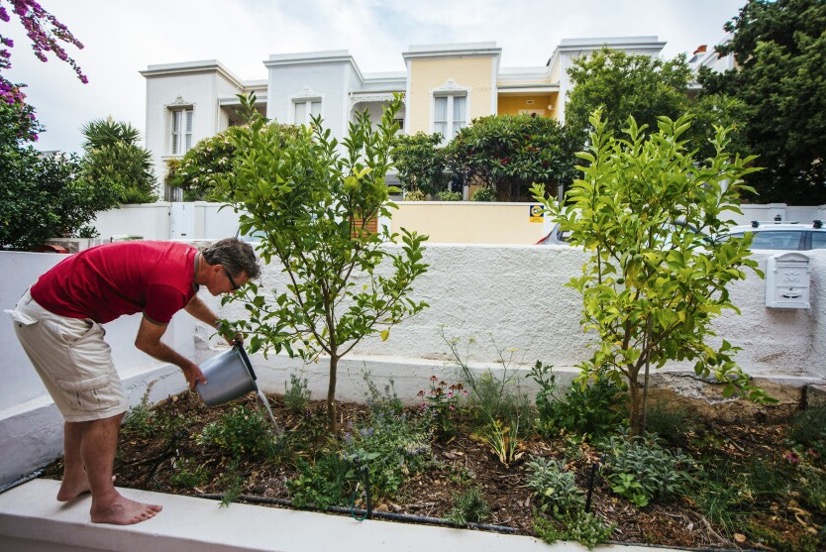CommentsLA WATCHDOG - The continuing drought has forced the Metropolitan Water District, the major source of water for the City of Los Angeles, to significantly reduce its allocation of water to the Los Angeles Department of Water and Power.
As a result, DWP has invoked Phase 3 of the Emergency Water Conservation Ordinance which limits outdoor watering to two days a week and only for eight minutes per station. Phase 2, which has been in effect since 2009, limited outdoor watering to three days a week.
While the level of savings depends on many factors, the move to Phase 3 is expected to reduce annual consumption by 25,000 acre feet or over eight billion gallons, about six gallons per person per day.
More importantly, it will send a message to Angelenos that the City is serious in its efforts to combat the drought.
Over the years, DWP has done an excellent job in reducing daily consumption per person by 40%, from over 180 gallons to an estimated 105 gallons. The City has also reduced its overall consumption by 30%, from over 650,000 acre feet (212 billion gallons) to an estimated 460,000 (150 billion gallons), even while the City’s population increased by over one million residents.
The conservation measures will continue, whether through turf replacement, water efficient appliances, more efficient use of water in our houses and apartments, higher tiered rates for large consumers, purple pipe for irrigation, and working with commercial, industrial, and institutional customers who consume about a third of the water.
DWP is also looking to expand its sources of water by cleaning up the groundwater in the San Fernando Valley, capturing stormwater, and recycling wastewater (aka “toilet to tap”).
But little consideration has been given to the City’s urban forest that consists of an estimated six million trees. What about plans to plant trees in disadvantaged communities? Throughout the rest of the City? And what about caring for the trees in our parks, on medians, and on private property?
Trees are a valuable resource that take years to grow. And over the years, the City and environmentalists have touted the benefits of our urban forest, whether it is combating climate change, lessening the heat island effect, or providing a canopy for residents. Everyone agrees that trees improve the health of Angelenos.
The Mayor and the City Council, working with DWP, Street Services and its Urban Forestry division, and Recreation and Parks, must develop a comprehensive plan to maintain our urban forest, whether it be on government land or private property. Homeowners also need help and hand holding in how to maintain our trees in the time of drought.
Over the next year, water rates will increase substantially because lower consumption will have to cover DWP’s fixed costs. However, Ratepayers who maintain their trees should be entitled to lower rates on the water used to maintain their trees.
Finally, a warning, if the drought continues and Angelenos fail to conserve, Phase 4 will limit watering to one day a week. And Phase 5, no outdoor watering.
Jack Humphreville writes LA Watchdog for CityWatch. He is the President of the DWP Advocacy Committee, the Budget and DWP representative for the Greater Wilshire Neighborhood Council, and a Neighborhood Council Budget Advocate. He can be reached at: [email protected].)
